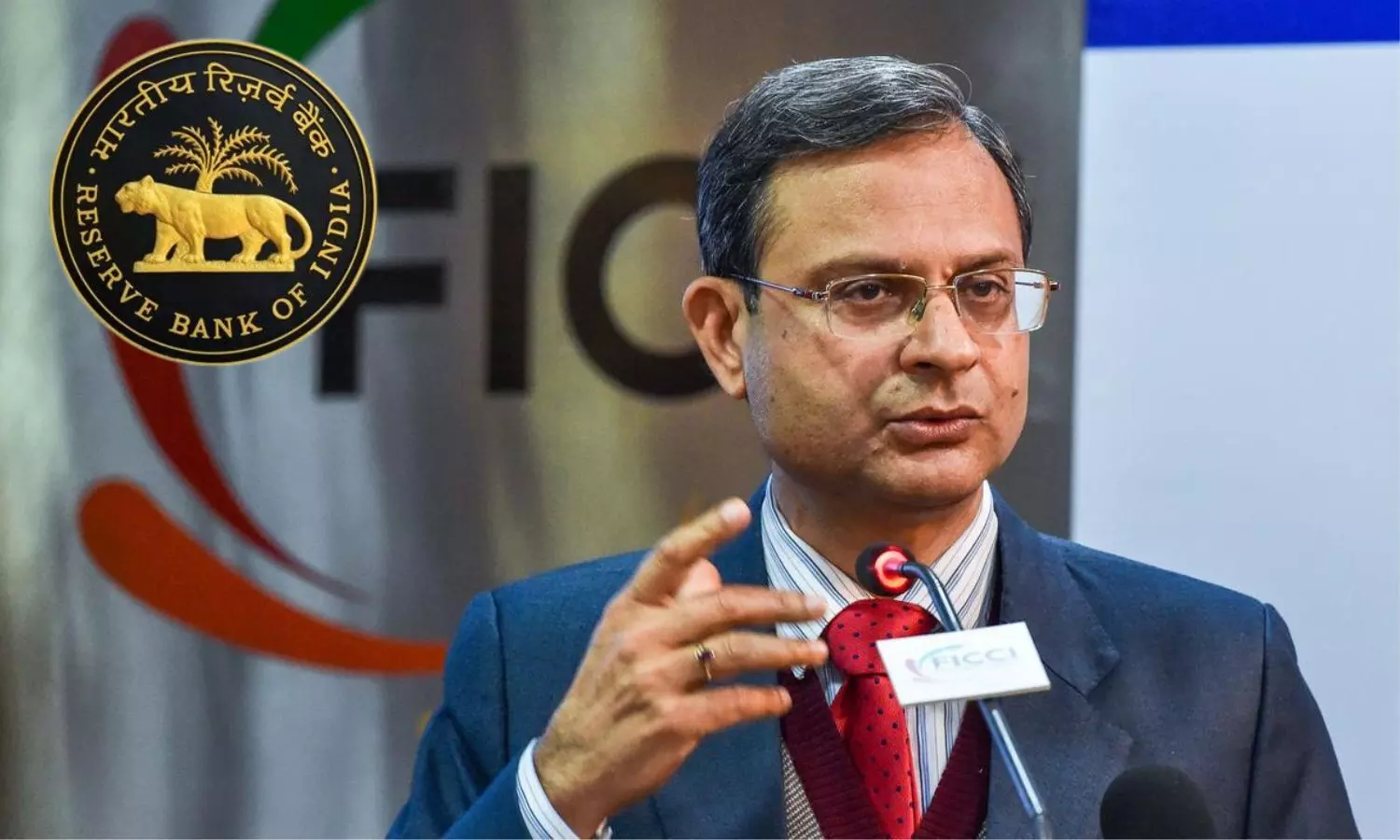New RBI chief faces calls to unshackle rupee amid surging dollar
New RBI Governor Sanjay Malhotra faces challenges of rupee volatility, trade deficit, and depleting reserves; calls for flexible currency policy grow louder.
New RBI chief faces calls to unshackle rupee amid surging dollar

All eyes turn to Sanjay Malhotra, the next Reserve Bank of India (RBI) Governor, as the strong US currency and widening trade deficit severely stress on the Indian rupee. Critics and economists have surfaced to demand a more flexible approach to handle the rupee's exchange rate, which has suffered with limited management in past years.
Last governor Shaktikanta Das moved to lower rupee volatility to safeguard traders and investors. But this approach basically fixed the value of the currency to a "crawling peg" against the dollar. Although that did help to reduce volatility, analysts believe it ultimately reduced the competitiveness of Indian exports, especially in view of a slowing down of the economy.
Under Malhotra's direction, there are some hints of a possible change. Rupee volatility was at a 15-month high in December, suggesting some movement towards a flexible exchange rate. However, many economists, including former Chief Economic Adviser Arvind Subramanian, argue that 2-3% annual rupee depreciation will make it more consistent with economic fundamentals and boost export competitiveness.
Timelines, along with the rupee, are constantly hitting record lows over the past week and are nearing the 86-mark. However, the RBI has seen its foreign exchange reserves fall from a peak of $705 billion in September to $640 billion by December. The central bank has partly driven that decline through efforts to stabilize the currency. The RBI forwards book also showed a deficit of another $60 billion, which is adding to the worry about depleting reserves.
Economists caution that a firm hold on the rupee could also translate into tighter monetary conditions and even a speculative attack on the currency. KanikaPasricha, Chief Economic Adviser with the Union Bank of India, noted that the REER points out that the rupee is overvalued by 8% and requires depreciation.
Analysts predict a continued tick down of the rupee, with some revising their forecasts to 88.50 by year-end as global market dynamics shift. Though unlikely to let the rupee free-float entirely, a less interventionist stance can allow the currency sufficient room to adjust naturally, striking a balance between growth and stability.

